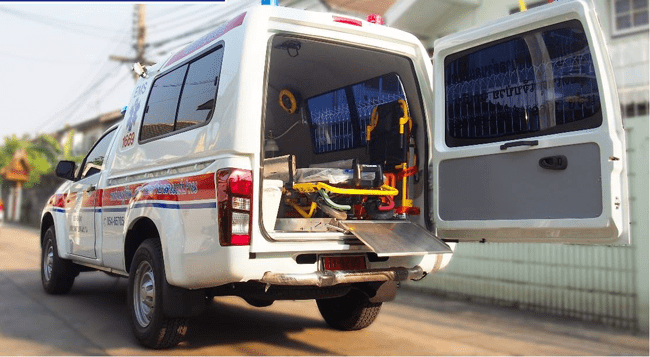
Emergency medical services key performance measurement in Asian cities
One of the key principles in the recommended standards is that emergency medical service (EMS) providers should continuously monitor the quality and safety of their services. This requires service providers to implement performance monitoring using appropriate and relevant measures including key performance indicators. In Asia, EMS systems are at different developmental phases and maturity. This will create difficultly in benchmarking or assessing the quality of EMS performance across the region. An attempt was made to compare the EMS performance index based on the structure, process, and outcome analysis.
The data was collected from the Pan-Asian Resuscitation Outcome Study (PAROS) data among few Asian cities, namely, Tokyo, Osaka, Singapore, Bangkok, Kuala Lumpur, Taipei, and Seoul. The parameters of inclusions were broadly divided into structure, process, and outcome measurements. The data was collected by the site investigators from each city and keyed into the electronic web-based data form which is secured strictly by username and passwords. Generally, there seems to be a more uniformity for EMS performance parameters among the more developed EMS systems. The major problem with the EMS agencies in the cities of developing countries like Bangkok and Kuala Lumpur is inadequate or unavailable data pertaining to EMS performance.
There is non-uniformity in the EMS performance measurement across the Asian cities. This creates difficulty for EMS performance index comparison and benchmarking. Hopefully, in the future, collaborative efforts such as the PAROS networking group will further enhance the standardization in EMS performance reporting across the region.
AUTHORS: Nik Hisamuddin Rahman, Hideharu Tanaka, Sang Do Shin, Yih Yng Ng, Thammapad Piyasuwankul, Chih-Hao Lin and Marcus Eng Hock Ong
[document url=”http://www.intjem.com/content/pdf/s12245-015-0062-7.pdf” width=”600″ height=”720″]


